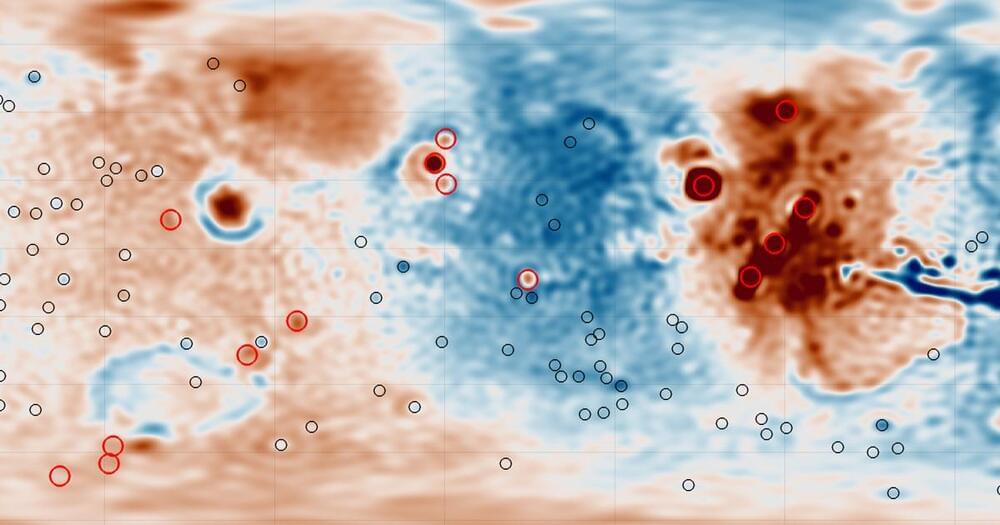Data from India’s recent Chandrayaan-3 mission supports the idea that an ocean of molten rock once covered the moon. Scientists from the mission have published their new findings in the journal Nature.
On August 23, 2023, a lander called Vikram successfully touched down on the lunar surface. Controllers then deployed a rover called Pragyan, which had been stowed on Vikram, to explore the landing site.
The location where Vikram touched down was further south than any other landing craft had previously been on the moon. It gave scientists an insight into the geology of the moon that had not yet been sampled.







